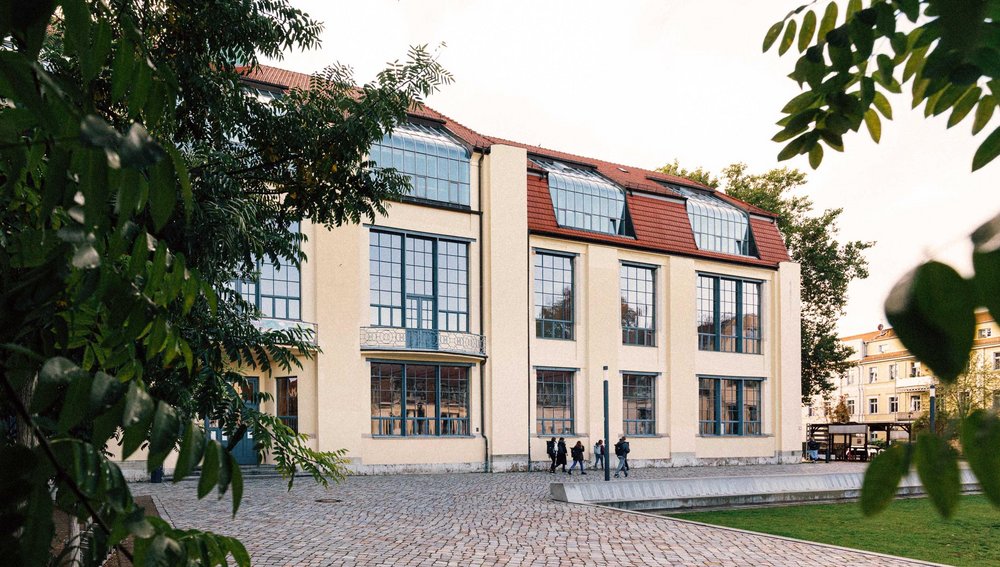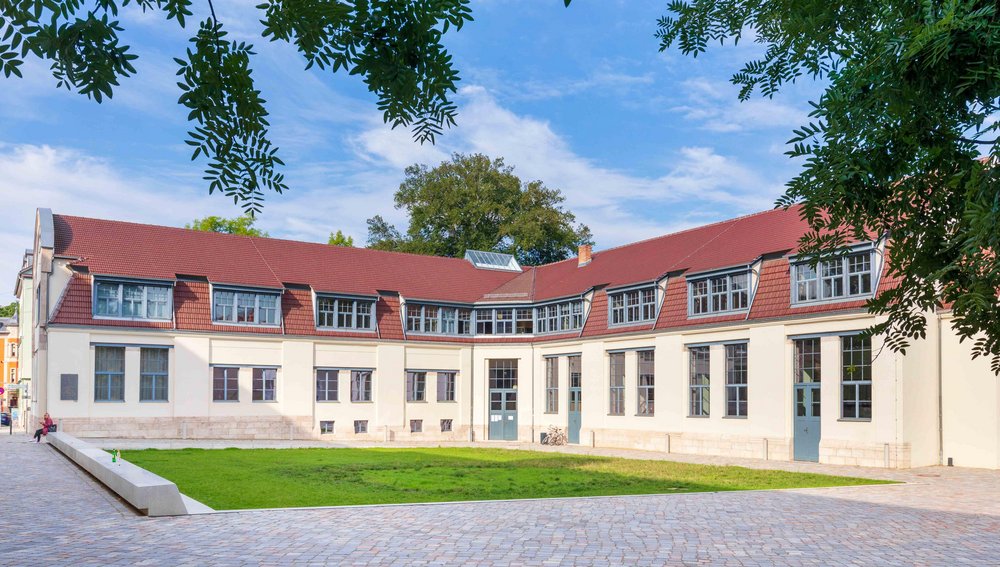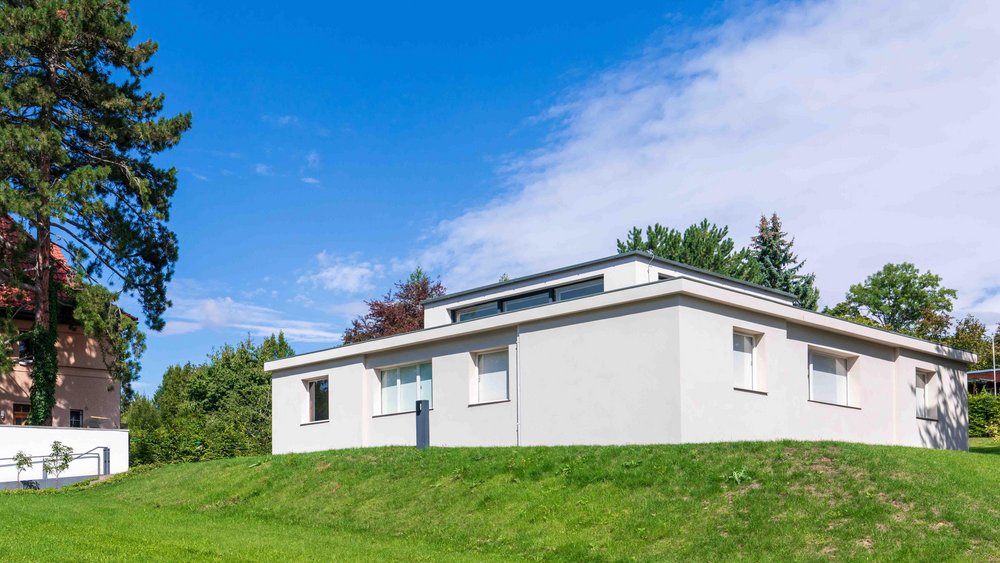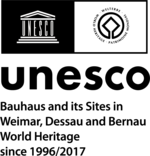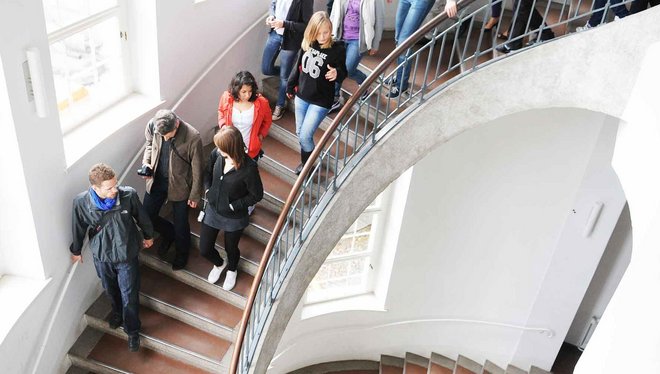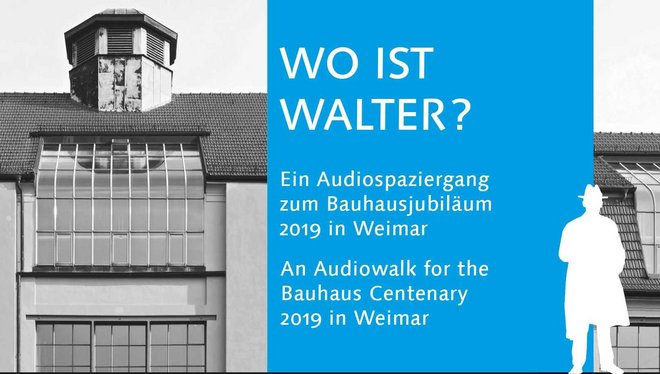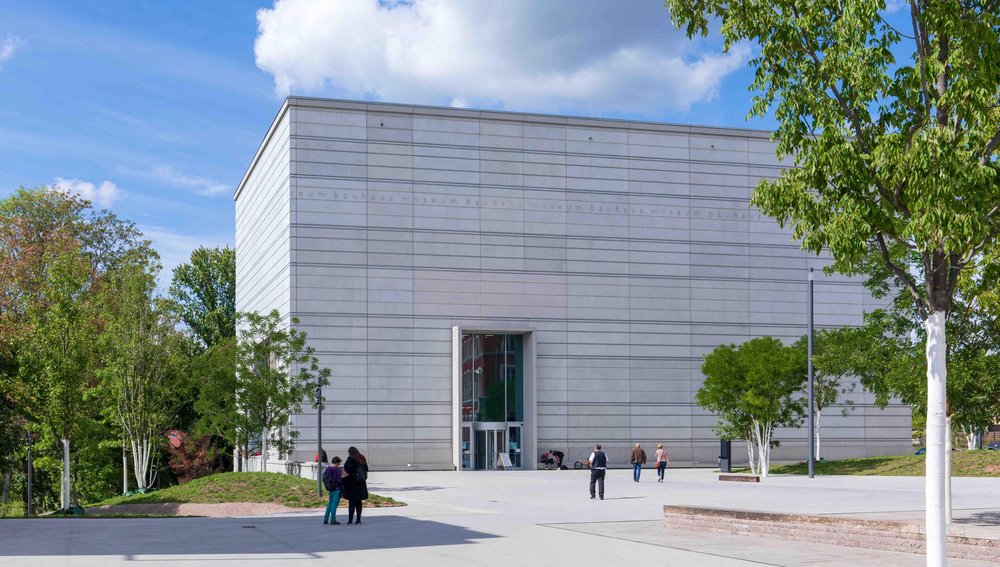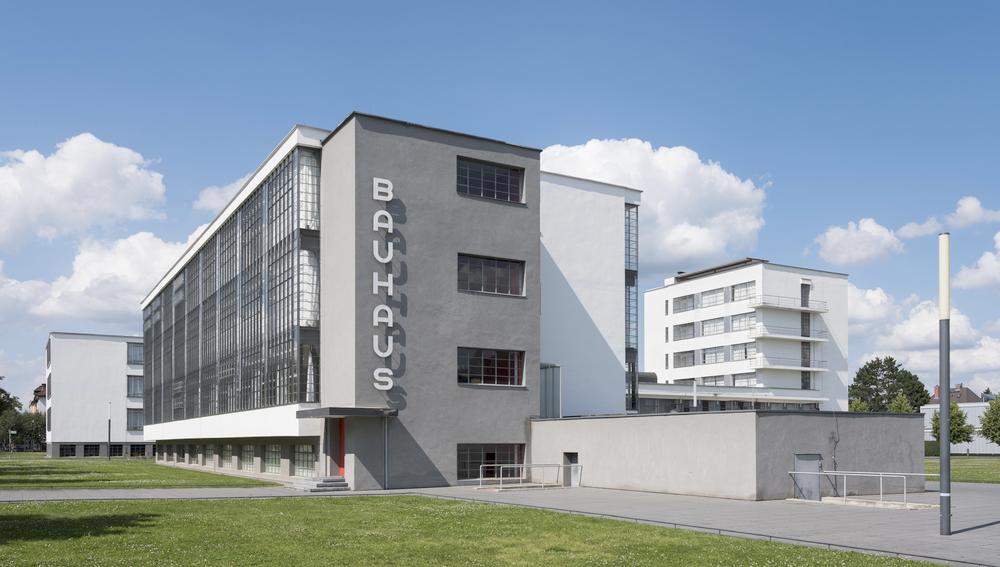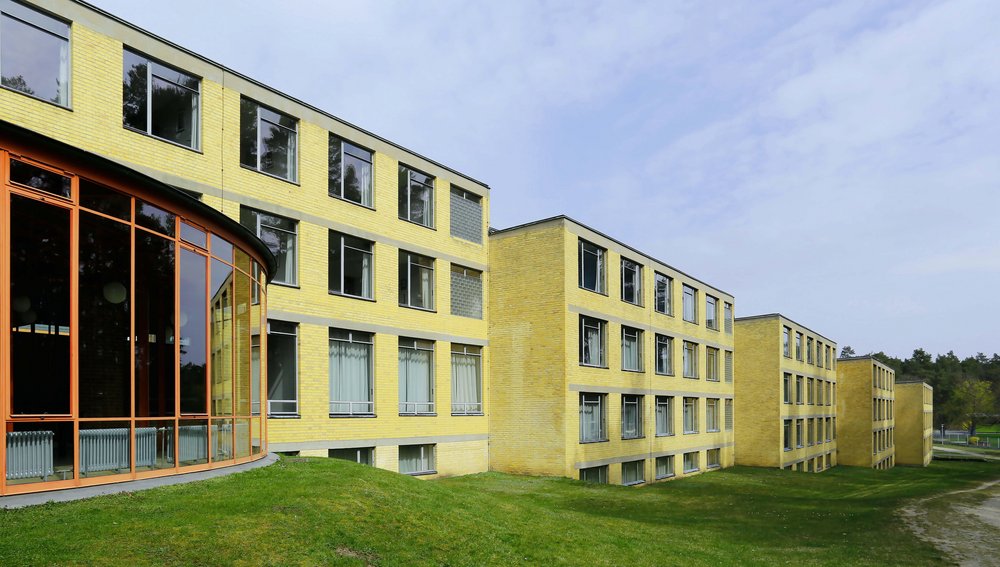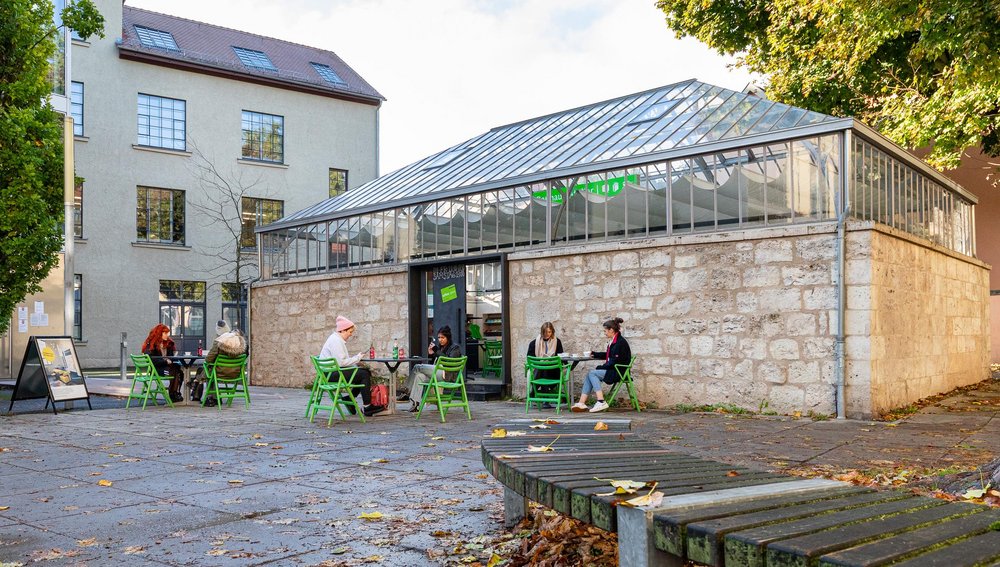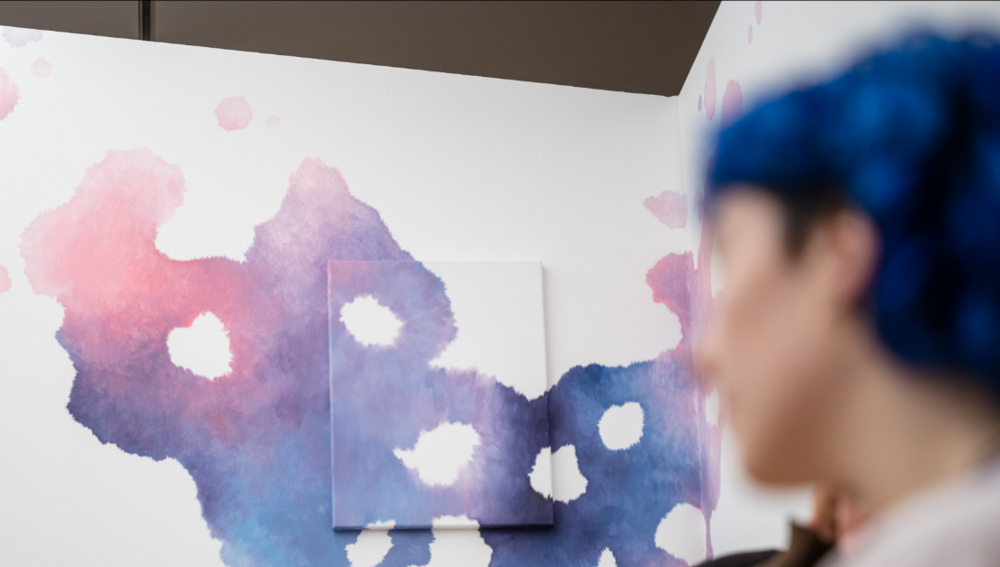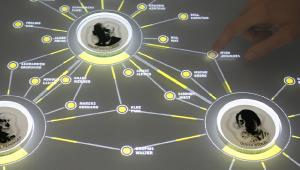The State Bauhaus Weimar represents an important chapter in the more than 150-year history of the Bauhaus-Universität Weimar and is an essential part of the cultural heritage of humanity In 1996, the Bauhaus sites in Weimar and Dessau were officially added to the list of UNESCO World Heritage Sites. In 2017, additional Bauhaus sites in Dessau and Bernau were also added to the list.
In its official statement, UNESCO justifies its decision as follows: »The Bauhaus, with its sites in Weimar (Thuringia) and Dessau (Saxony-Anhalt), represents the so-called Bauhaus school of architecture which, between 1919 and 1933, applied revolutionary ideas to building design and town planning. The buildings of the Bauhaus professors, from Walter Gropius to Hannes Meyer, Lazlo Moholy-Nagy to Wassily Kandinsky, founded the Bauhaus style, which made a decisive mark on the architecture of the twentieth century.«
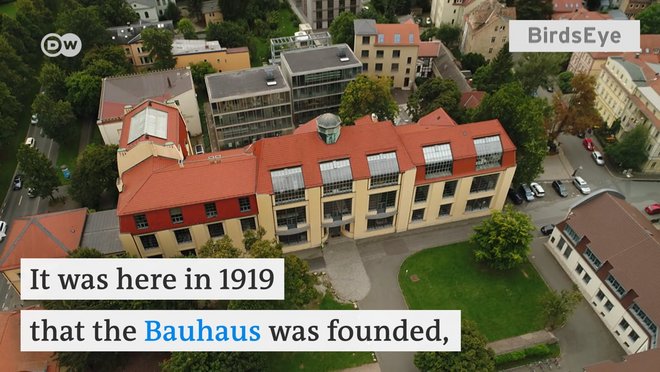
BirdsEye Bauhaus-Universität Weimar, Deutsche Welle
Click the Play button to load and view external content from Vimeo.com.
Automatically load and view external content from Vimeo.com (You can change this setting at any time via our »Data protection policy«.)
Experience the historic Bauhaus and the UNESCO World Heritage Sites in Weimar today. Walk through the historic sites in the footsteps of the early Bauhaus individually or with a student guides of the Bauhaus Walk and experience the history and present of the Bauhaus-Universität Weimar.
The Bauhaus originated in Weimar, then moved to Dessau and later to Berlin and the rest of the world. It has left its traces in numerous places that still inspire us today. Outstanding examples of Bauhaus and Modernism can be found throughout Germany – groundbreaking ideas and architecture that have left a lasting impact on our understanding of life, work, learning and living. These ideas can be retraced on the Grand Tour of Modernism. Three of these sites were designated UNESCO World Heritage Sites in 1996 and 2017.
The State Bauhaus was founded in 1919 in the Main Building of the university. The term »Bauhaus«, which has been part of the university’s name since 1996, stood then as it does today for a willingness to experiment, openness, creativity and the will to find answers to central questions of art and culture, technology, science and society using contemporary methods. We are a living institution that wants to further develop its identity in dialogue with partners from all areas of society.

